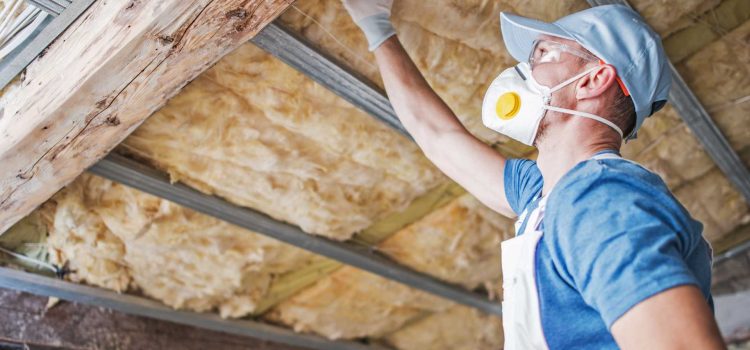
When buying a house, most people look first at location, square footage, or curb appeal. While these factors matter, there’s one feature that quietly determines whether a home will be a lasting investment or a financial headache: the roof. A solid roof is far more than a finishing touch—it’s the shield that protects the home’s structure and the people who live inside. Whether you’re walking through a showing with a real estate agent or conducting your own inspection, roof condition should be at the top of your checklist.
The Roof as a Home’s First Line of Defense
Every home relies on its roof to stand strong against rain, snow, wind, and sun. Without a dependable roof, even the most beautifully designed house can quickly become vulnerable. Leaks can damage ceilings and walls, drafts can drive up heating and cooling bills, and water intrusion can cause mold or rot.
Think of the roof as the home’s first line of defense. If it fails, the rest of the property becomes exposed to costly and sometimes irreparable damage. On the other hand, a well-built, well-maintained roof protects not only the house but also the family inside, ensuring comfort and stability through all seasons.
A durable roof doesn’t just cover a house—it preserves its integrity and safeguards those who live within.
Why Roof Condition Matters in the Buying Process
Homebuyers often pay close attention to kitchens, bathrooms, and floor plans, but overlooking the roof can be a costly mistake. Replacing a roof is one of the most expensive home repairs, often costing tens of thousands of dollars. If a buyer unknowingly takes on a property with an aging or damaged roof, those costs may arrive sooner than expected.
That’s why experienced real estate agents emphasize roof inspections during the buying process. A thorough evaluation can reveal worn shingles, poor ventilation, or weak flashing that might not be visible at first glance. Armed with this information, buyers can negotiate for repairs or request a price reduction before closing, avoiding unexpected expenses down the road.
Roof condition is a critical factor that can make or break the value of a real estate purchase.
Comfort, Security, and Energy Efficiency
A roof’s importance goes beyond structural protection. A solid roofing system also contributes directly to everyday comfort and long-term affordability. With proper insulation and ventilation, a strong roof helps regulate indoor temperatures, lowering energy costs and keeping living spaces comfortable year-round.
Equally important is the sense of security a good roof provides. Families want to feel safe knowing their home can withstand storms and changing seasons. A dependable roof ensures that water stays outside, drafts stay sealed out, and indoor spaces remain healthy and livable.
For buyers choosing between multiple properties, a home with a newer or well-maintained roof often stands out. It signals responsible ownership and reduces the likelihood of immediate maintenance headaches.
The Role of Professionals in Roof Evaluation
Roof problems are not always easy to spot, which is why professional guidance is essential. A reputable roofing company can provide a detailed inspection, pointing out areas of concern and estimating the roof’s lifespan. Their expertise ensures buyers know exactly what they’re taking on before making a commitment.
When a roofing company works in tandem with a real estate agent, buyers benefit even more. The agent can use the inspection report to negotiate repairs, request seller concessions, or adjust the purchase price. This teamwork helps protect the buyer’s investment and ensures the home is a sound choice for the future.
By involving both a roofing company and a real estate agent, buyers gain the knowledge and leverage needed to make a confident decision.
Investing in Peace of Mind
Buying a home is one of life’s most significant financial commitments, and roof condition plays a major role in how secure that investment feels. Choosing a property with a dependable roof means fewer surprises, fewer repair bills, and more stability for years to come. It also allows homeowners to focus on enjoying their new space rather than worrying about what’s over their heads.
The roof may not always be the first feature buyers notice, but it’s one of the most important. It protects the structure, shields the family, and prevents costly repairs. With the support of a knowledgeable real estate agent and the expertise of a roofing company, buyers can ensure they are making a wise and lasting choice. In the end, a good roof and good home always go hand in hand.




















